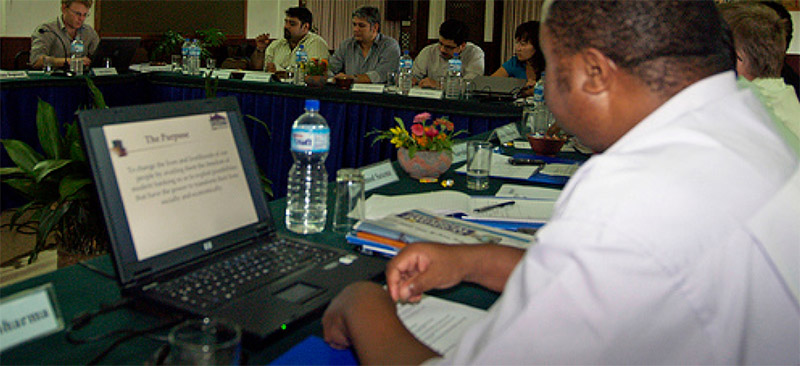In this video series-2, Ignacio Mas, Senior Advisor, CGAP, discusses the biggest issue of m-banking sector – remuneration of an agent. He elaborates the steps needed to regularise it and further enlists the benefits global operators and banks enjoy within this business model whereas agents are struggling to fit within. Ignacio highlights security and numerous visits to the bank as the two major problems for an agent adding that the fundamental problem is the business model at the store where the transaction occurs. In addition, he talks about the challenge to increase the volume of transactions on this cheaper transaction platform.

